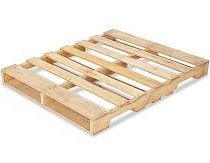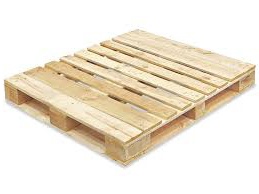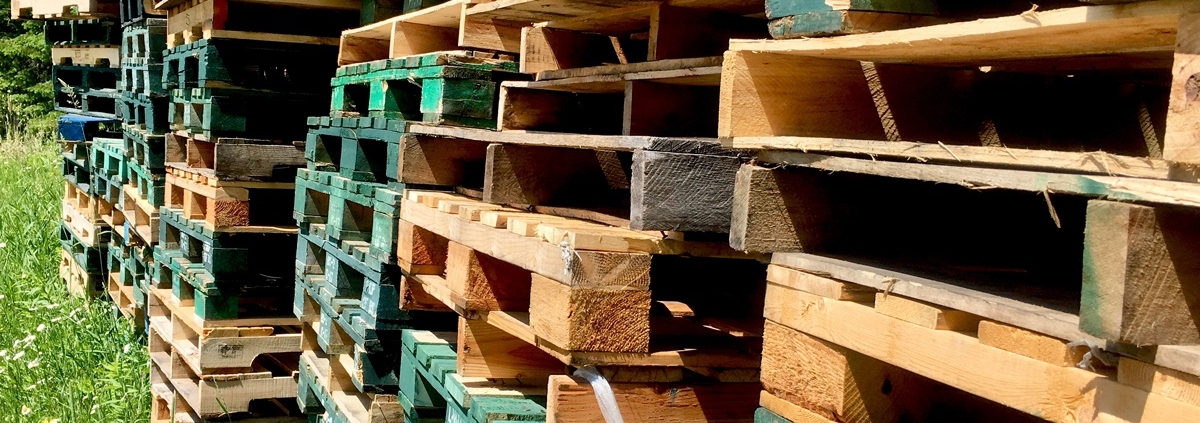Block and Stringer Pallets: What makes them different?

Do you have an unusual material handling application? No problem. Wood pallets can be designed in an infinite variety of ways to meet the unique needs of any supply chain.
Aside from the fact that wood is a highly sustainable choice for pallets, one of its many wonders is also being an extremely versatile material. It is easy to mill, cut to the desired dimensions, and then assemble into a pallet.
Through experience, training, and specialized software such as PDS (Pallet Design System™), pallet professionals can design a pallet to optimize material handling in your supply chain.
While the design opportunities are limitless, however, they are based on the two pallet classes. As described in the Uniform Standard for Pallets, those classes are the block pallet and the stringer pallet. The critical difference between them is the choice of vertical members.
The stringer pallet is the most common pallet class in North America, accounting for around 76% of production. And according to the Peerless Research Group 2018 pallet survey, 54% of respondents mainly used stringer pallets while 18 percent primarily used block pallets. The remainder of respondents (28%) used block and stringer pallets equally. Stringer pallet usage thrives in many supply chains.

Stringer pallets utilize stringers, often nominal 2x4s or 3x4s. The stringers act as support beams. They separate the top and bottom deck boards and run perpendicular to them. Stringers may be solid or be notched to allow entry by forklift tines.
Such pallets are referred to as two-way entry and partial four-way entry, respectively. Two-way pallets may be entered only from the two pallet ends by forklifts or pallet jacks (Class lll electric hand trucks or hand/rider trucks.) Partial four-way entry refers to the fact that while a forklift can enter such a pallet from all four sides, a pallet jack is limited to the two end openings.

Block pallets, on the other hand, are referred to as having full four-way entry. By utilizing blocks rather than stringers, pallet jacks and forklifts alike can enter on all four sides. Full four-way entry is highly prized in industries that rely on pallet jacks or that work in congested material handling environments.
Four-way functionality allows material handlers to position pallets more easily in tight spaces, enabling them to save time and space. Pinwheeling pallets to get more pallets onto a trailer or accessing pallets on congested loading docks are examples of where block pallets can add considerable value. A 2016 study reported that one Canadian grocery distribution center could benefit from $56,000 per year in warehouse efficiency gains by switching to block pallets.
There is a common misconception that the block pallet is a recent design innovation in North America. They were developed by the U.S. military (both Milton Boone and Norman Cahners independently filed patents in 1943) to deal with congested conditions found in the holds of World War ll warships and at war plants.
In the years after the war, the less complicated and more easily manufactured stringer pallet would prove to find far greater acceptance, although some industries did come to rely on block pallets. In recent decades, block pallet usage increased noticeably after being adopted by leading pallet rental companies in FMCG (Fast Moving Consumer Goods) supply chains.
Block pallets rely on blocks as vertical members. Blocks are rectangular, square, or cylindrical deck spacers that provide separation between the top and bottom deck. Stringer boards extend the full length of the pallet, perpendicular to the deck boards, and are placed between top deck boards and blocks.
Heavy-duty block pallets tend to be more durable, mainly due to the substantial amount of material used in construction. They are also typically readily repairable due to the width of the pallet block.
In terms of recyclability, stringer and block pallets are easily repairable and able to function in the supply chain over long periods before the need to recycle the pallet entirely for its components
To summarize, wood pallets are sustainable and can be customized to create optimal unit load handling solutions for the supply chain. All pallets, however, are based on stringer or block pallet classes.
While stringer pallets are preferred by many North American pallet users, block pallets’ four-way entry functionality makes them an attractive choice in some handling environments.



